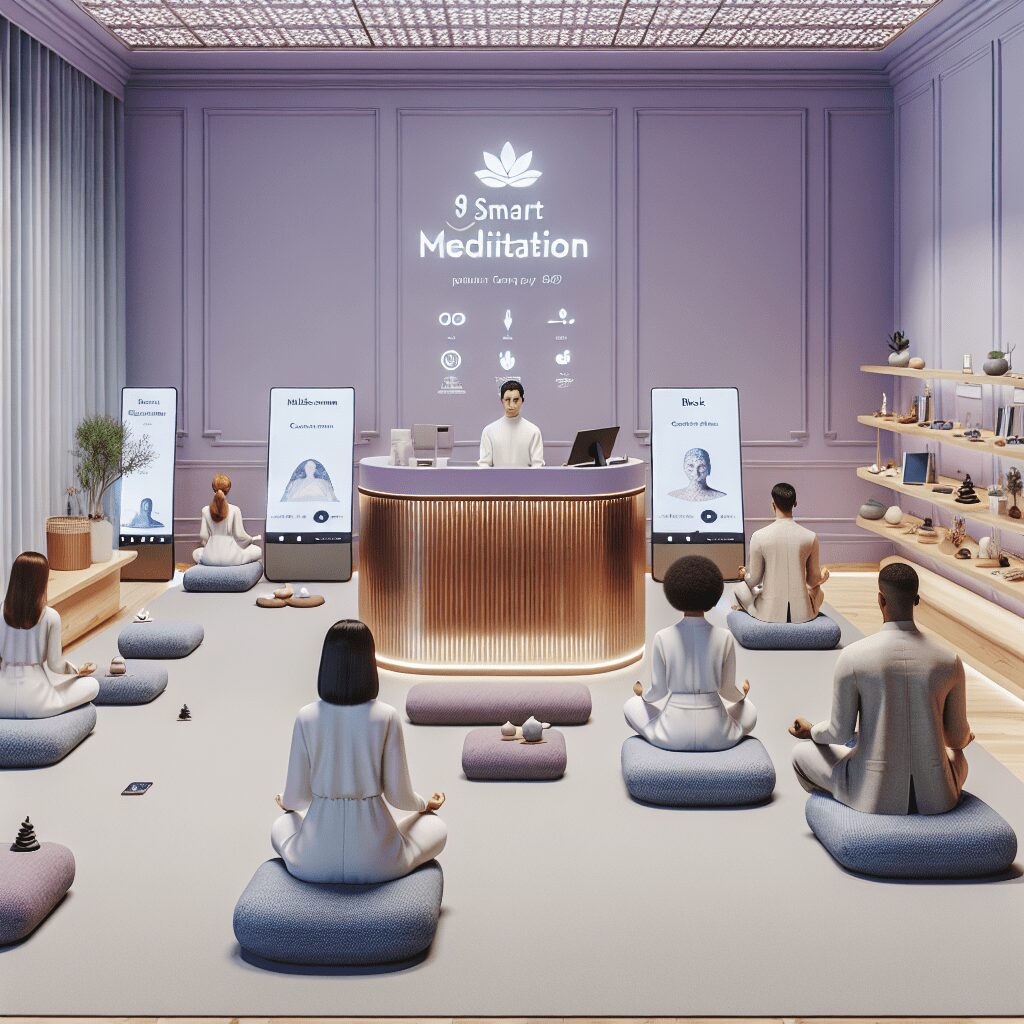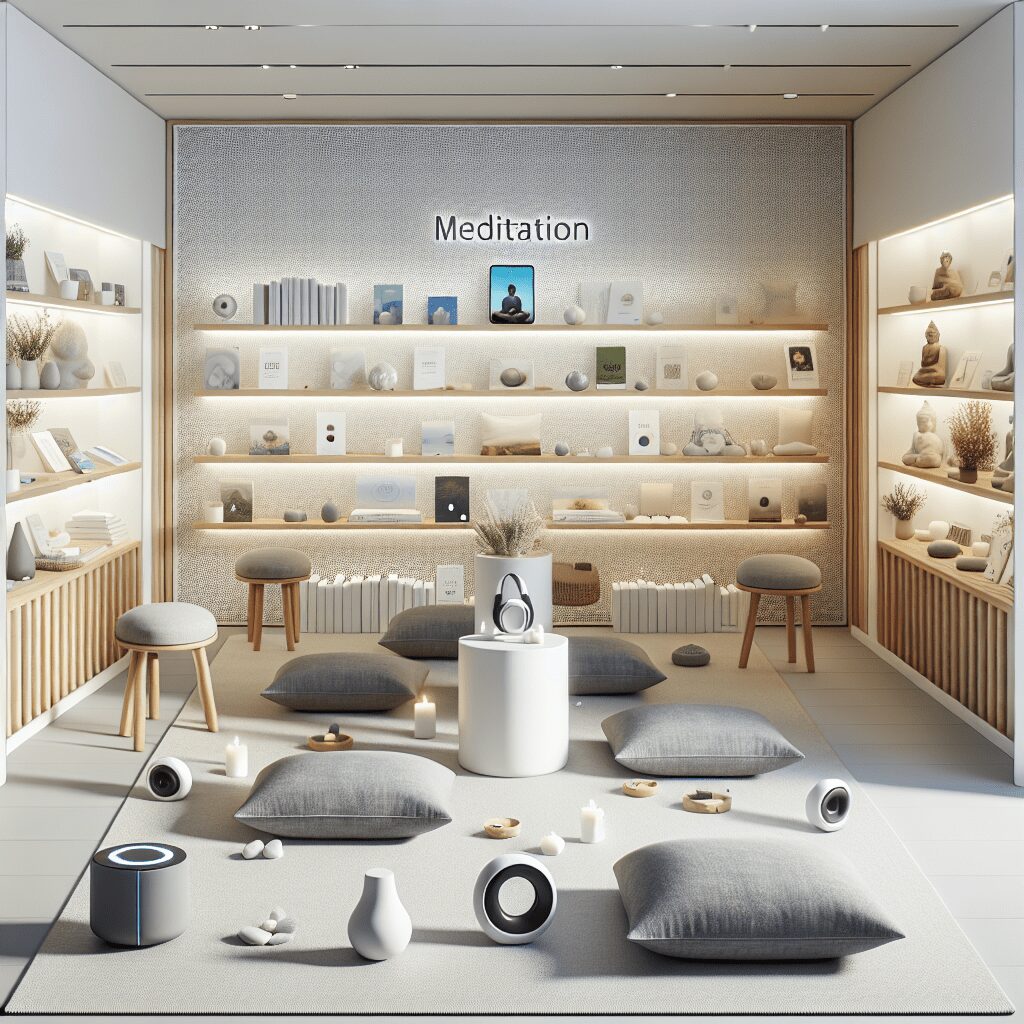
Prioritize your mental well-being daily. Enhance your life by nurturing your mental health with the Smart Meditation app. Break free from stress, alleviate anxiety, and enhance your sleep quality starting today.
Can Exercise Trigger Anxiety?
Unraveling the Exercise-Anxiety Conundrum
In the modern maze of health and wellness, where every path promises the elixir of life, one can’t help but wonder about the effects of exercise. Ah, exercise – that age-old remedy prescribed since time immemorial, right from the ancient Greeks to modern-day fitness influencers. But here’s a twist in the tale: Can hitting the gym or pounding the pavement trigger anxiety? It’s a question that’s been boggling minds, perhaps as much as trying to decode the plot of an avant-garde indie film.
The Paradox of Physical Exertion
Let’s dive right into the heart of the matter. At first glance, you’d think exercise would be the arch-enemy of anxiety. After all, it’s been lauded for pumping up the endorphins, those feel-good hormones that make you feel like you’re on cloud nine. But, as fate would have it, the relationship between exercise and anxiety can be as complicated as trying to perform a handshake in a pandemic.
The Highs
-
The Good Stuff: There’s no denying the plethora of benefits tied to regular physical activity. From bolstering your heart health to gifting you a better night’s sleep, exercise does seem like a magic pill. More so, it often acts as a natural anxiety reducer, thanks to the release of endorphins that play a cameo role as nature’s painkillers and mood elevators.
-
The Zen Zone: For many a soul, a jog through the park or a yoga session is their ticket to tranquility. It helps in steering the mind away from the day’s worries, grounding individuals in the present moment.
The Lows
-
The Catch-22: Here’s where the plot thickens. For some folks, certain forms of exercise, especially high-intensity ones, can trigger feelings akin to anxiety – think rapid heartbeat, sweating, and breathlessness. For someone with an anxiety disorder, these physiological changes can feel like unwelcome guests at a party, mimicking or ramping up their anxiety symptoms.
-
Mind Matters: There’s also the mental aspect. The pressure to perform, hit a new personal best, or simply the act of comparing oneself to others in a gym setting can send one’s anxiety levels through the roof.
So, what gives? Is exercise a friend or foe?
The Middle Ground
Like finding a comfy pair of jeans, it’s all about the right fit. The key is to find a form of exercise that feels like a comfy embrace rather than a tightening noose. Here are a few pointers for those looking to tread the exercise trail without tripping over anxiety:
-
Start Slow: If you’re new to the exercise bandwagon or have been out of action, don’t go guns blazing into a high-intensity interval training (HIIT) session. Start with low to moderate-intensity activities and gradually up the ante.
-
Pick Your Potion: Not all exercises are created equal, especially when it comes to managing anxiety. Some folks find their zen in the rhythmic repetition of a swim or a run, while others may prefer the mindfulness that comes with yoga or Pilates.
-
Listen to Your Body: This can’t be stressed enough. Exercise shouldn’t be a punishment but a celebration of what your body can do. If something feels off, it’s okay to take a step back.
-
Community Matters: Sometimes, it’s the gym culture that can be the trigger. Looking into more supportive, less competitive environments can make all the difference. Think local running clubs, community yoga, or a trial at a different gym.
-
Seek Professional Help: If your anxiety feels like a beast you’re constantly battling, reaching out to a mental health professional might be a wise move. They can help in crafting an exercise plan that aligns with your mental health needs.
In the grand tapestry of health, exercise and anxiety are but threads that occasionally tangle. Understanding your triggers, finding a supportive environment, and perhaps most importantly, seeking joy in movement can help in disentangling them. Remember, like any good relationship, the one you have with exercise should leave you feeling better, not worse. So, lace up those sneakers, but remember, the best step is the one that feels right for you.





